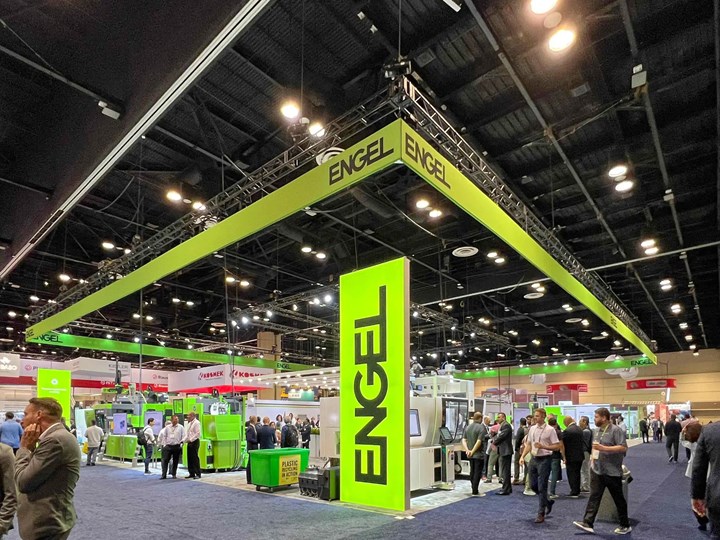In a June 5 meeting in Dresden, Germany, the trade associations of plastics and rubber machinery, waste and recycling technology, EMINT, and the project group for hybrid lightweight technologies shared sector statistics reviewing 2023 and, looking forward, discussing challenges that remain for the plastics machinery sector in Europe.
The groups reported that incoming orders dropped 22% last year. Despite that, the sector finished 2023 with a price-adjusted 13% increase in revenue. In Germany, according to the German Plastics and Rubber Machinery Association (VDMA), new orders decreased in 2023 by 16%, after falling by 10% in 2022. The VDMA reported that its domestic and export business both shrank in 2023 by 14% and 16%, respectively.
In a release, Ulrich Reifenhäuser, VDMA chairman, said most companies have worked through their order backlog and are currently dealing with lower capacity utilization. From 2022 to 2023, VDMA say capacity utilization fell 7% from 93% to 86%. In addition to the wars in the Ukraine and the Middle East, shrinking demand was chalked up to high energy costs, inflation and high interest rates.
Ulrich Ackermann, head of VDMA Foreign Trade, said that globally, China and the U.S. are turning inward, forcing the European mechanical engineering industry to “have its own production facilities in large target markets and being able to offer market-specific products.”
At NPE2023, Arburg, Engel and Wittmann all detailed plans to shift some production based on market demands and economic challenges in Austria and Germany. Regarding interest rates, on June 6, one day after the Dresden meeting, the European Central Bank announced that it was cutting interest rates because inflation was on track to return to the bank’s goal of 2%. “Our goal is to keep inflation at 2% over the medium term,” the bank says in a statement.
“Now that inflation is coming closer to that target, we no longer need to keep interest rates quite so high.” The bank began raising rates in July 2022 and kept doing so until September 2023, lifting them by a total of 4.5 percentage points over that time.
Thus far, 2024 remains “challenging,” with VDMA reporting that for the first quarter overall new orders were down 17%, dropping 40% in Germany, 31% in Europe and 11% overall in exports. The Plastics Industry Association (PLASTICS) announced similar difficulties for the North American plastics machinery sector in the first quarter.









